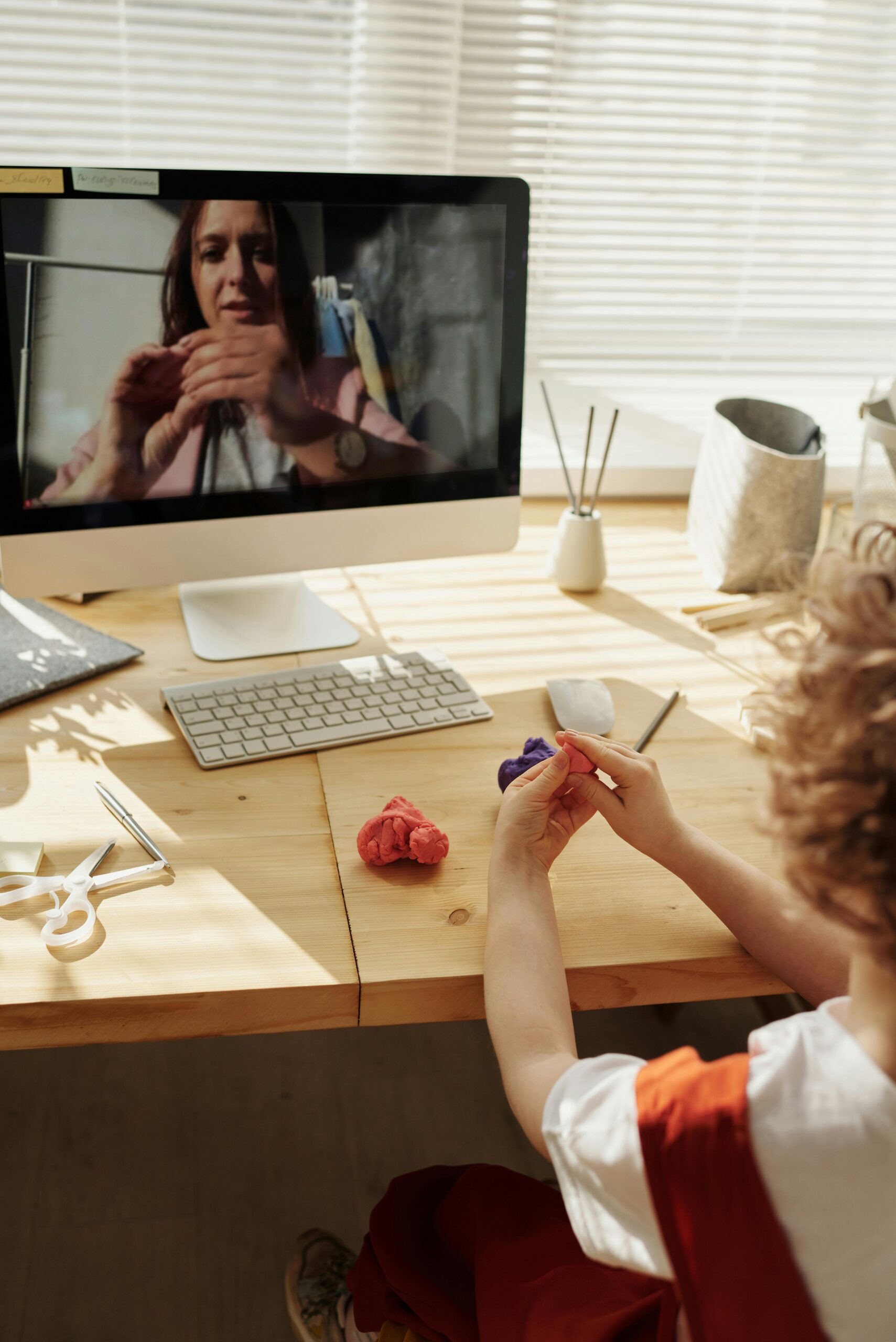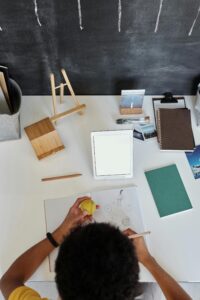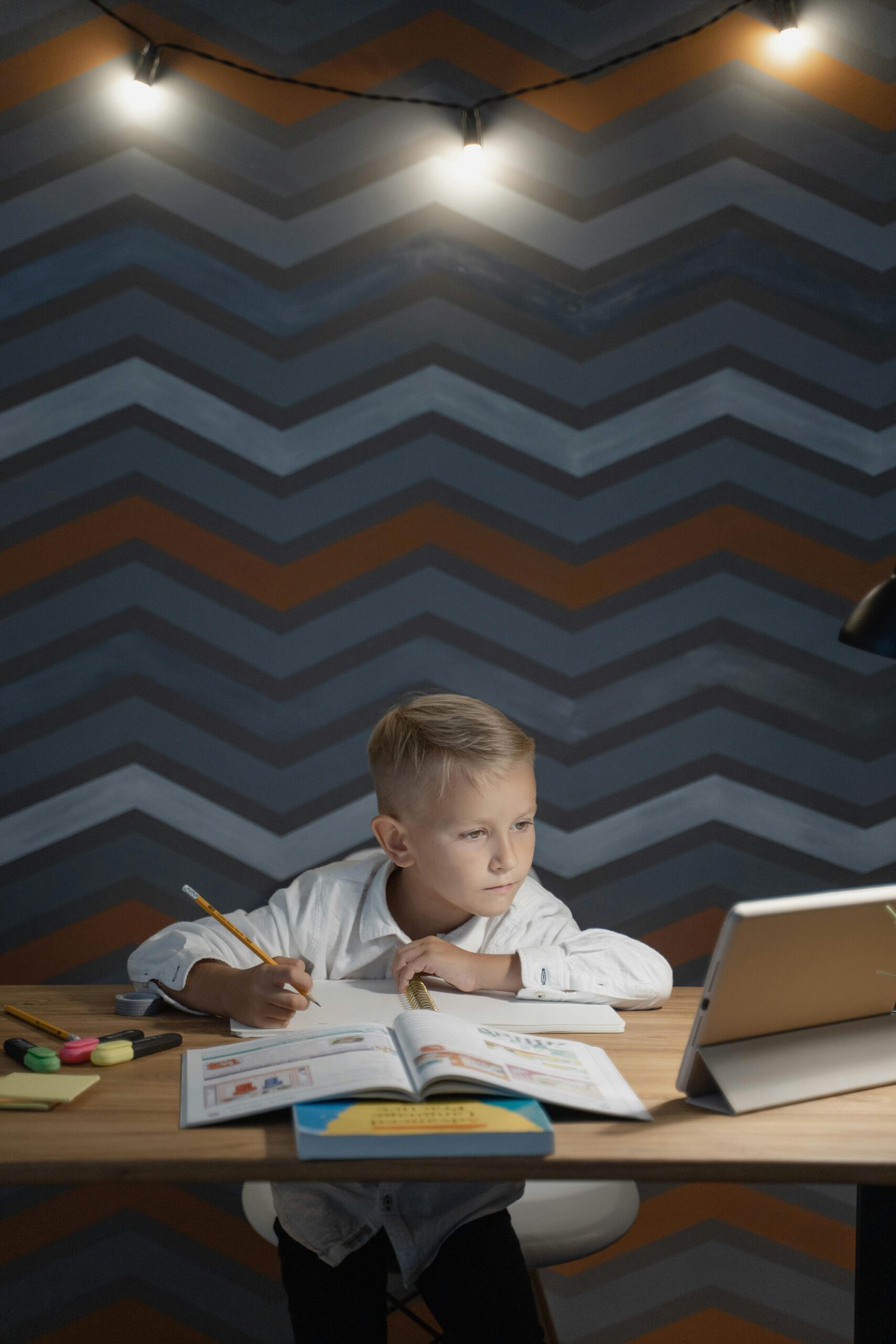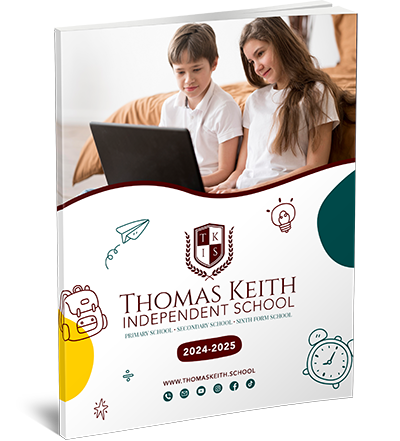
KS3 Art Projects
KS3 Art Projects: Providing Young Artists with Useful Tasks
When it comes to developing kids’ critical and creative thinking abilities, art is crucial. Key Stage 3 (KS3) encourages children to explore their artistic ability through a variety of projects that deepen their comprehension of diverse mediums, styles, and art techniques. This post will cover a variety of interesting KS3 art projects, offer advice on how to approach them successfully, and emphasise their advantages. Additionally, we will examine how Thomas Keith Online Independent School assists KS3 pupils with their art instruction.
Overview of Art Projects for Grade 3
Students are intended to be inspired, challenged, and given the knowledge and abilities to experiment, invent, and produce their creations through KS3 art education. These projects support young students’ artistic growth, enhance their capacity for observation, and teach them visual self-expression. This stage of art projects allows for a variety of themes, techniques, and levels of difficulty, providing a well-rounded approach that fosters both technical proficiency and creativity.
Advantages of Art Projects in Grade 3
There are numerous ways that art projects in KS3 help students:
Fostering Creativity: Students cultivate their creative thinking by experimenting with various methods and materials.
Increasing Confidence: Students feel more confident after finishing art projects because they receive a sense of success.
Building Problem-Solving Skills: Students are inspired to think creatively and use art to solve problems.
Hand-eye coordination and fine motor abilities are improved by working with various tools and media.
Crucial Art Methods for Grade 3 Projects
The ability to comprehend and use a range of approaches is essential for KS3 art assignments. The following methods are available for students to try:
- Sketching and sketching
Sketching and drawing are the first steps in most artwork. Students in KS3 can practice several drawing methods, like stippling, cross-hatching, and hatching, to provide depth and texture.
- Artwork
Examining painting methods such as acrylic layering, mixing, and watercolor washes allows students to experiment with color theory and application. Abstract art and still life painting are examples of projects.
- Mixing Media and Collage
With a variety of materials, including paper, fabric, and found objects, students can make collages that tell a story or convey a particular subject. Projects involving mixed media teach students how to successfully combine various textures and materials.
- Producing prints
Block printing and mono printing are two methods that students might try out to create original artwork. Students can learn about patterns and repetition in design through printmaking.
Fifth, 3D art and sculpture
Students get their hands dirty when they make 3D art out of clay, papier-mâché, or recyclable materials. These projects give students a great opportunity to learn about form and structure and enhance their spatial awareness.
![]()
KS3 Art Projects That Inspire
The interesting art projects listed below can be used in KS3 art classes:
- Drawing a Twisted Portrait
After creating simple self-portraits, students can embellish them with creative features to represent their hobbies or personalities. This endeavor fosters the ability to observe while enabling individual expression.
- Art Sourced from Nature
With the use of natural inspiration, children can produce artwork that portrays landscapes, animals, or plants. Painting striking seascapes or creating detailed leaf patterns are examples of possible projects.
- Utilising Art to Tell Stories
When reading and art are combined, children can produce visual representations of their favorite poems or stories. They are challenged to consider the representation of narrative components in visual form via this assignment.
- Collages in an abstract manner
Students can make abstract collages that examine identity, emotions, or social issues usicoloursors, materials, and vintage magazines. They learn how to color color and shape balance to communicate a message through this assignment.
- Creating Prints Using Commonplace Items
Using materials like sponges, leaves, or bottle caps, children can learn how to create patterns and textures through printmaking. Students can experiment with rhythm and repetition in art in a fun way using this.

Advice for Effective Art Projects in KS3
Students should be encouraged to experiment with many media and styles without worrying about making mistakes.
Utilise Reference Materials: It can inspire students to see examples of contemporary or well-known works of art.
Think Back on Completed Tasks: Urge students to talk about the lessons they took away from each project and how they might use those lessons in other assignments.
Technology Integration: One excellent way to extend conventional art processes is through the use of digital instruments. Photo editing software and digital art programs are examples of this.
Thomas Keith’s Method for Independent Online Schools
With its extensive online curriculum, Thomas Keith Online Independent School is renowned for helping KS3 pupils with all of their courses, including painting. With clear instructions and online resources, their curriculum includes a variety of art projects that kids can do at home. This method guarantees that students continue to grow in confidence and skill even when they are not in a traditional classroom.
With the use of interactive video lessons, detailed project instructions, and teacher feedback, art classes at Thomas Keith are meant to keep students interested. Students can explore their creative abilities, get helpful criticism, and hone their artistic capabilities more easily as a result.
![]()
FAQs Concerning Art Projects in Grade 3
Question 1: What supplies are frequently utilised in art projects for KS3?
A1: Graphite pencils, charcwatercolourcolor and acrylic paints, drawing paper, collage equipment, and clay for sculpting are typical supplies.
Q2: What are some ways that parents can help their kids with art projects in KS3?
A2: Parents may encourage their children to share and discuss their artwork by giving them a specific area to work, as well as basic art tools.
Q3: How does art fit into the curriculum for KS3?
A3: Since creativity, problem-solving abilities, and emotional expression are critical for the general development of students, art is integral to the KS3 curriculum.
Q4: Do art projects help students who don’t want to study art for their GCSEsArt projects indeed foster general abilities like creativity and critical thinking, which are beneficial in any field or profession.
Q5: What kind of help does Thomas Keith Online Independent School offer to art students in grade 3?
A5: To help students work on art projects at home, Thomas Keith provides extensive online resources, project guidelines, and criticism from certified professors.
Final Thoughts
With KS3 art projects, children can practice a variety of abilities that are not limited to the art classroom. Focusing on creativity, experimentation, and developing skills, these initiatives are crucial for promoting artistic development. All students can participate in and enjoy creative projects at their own pace thanks to school environments like Thomas Keith Online Independent School, which provide flexible and encouraging learning opportunities.





